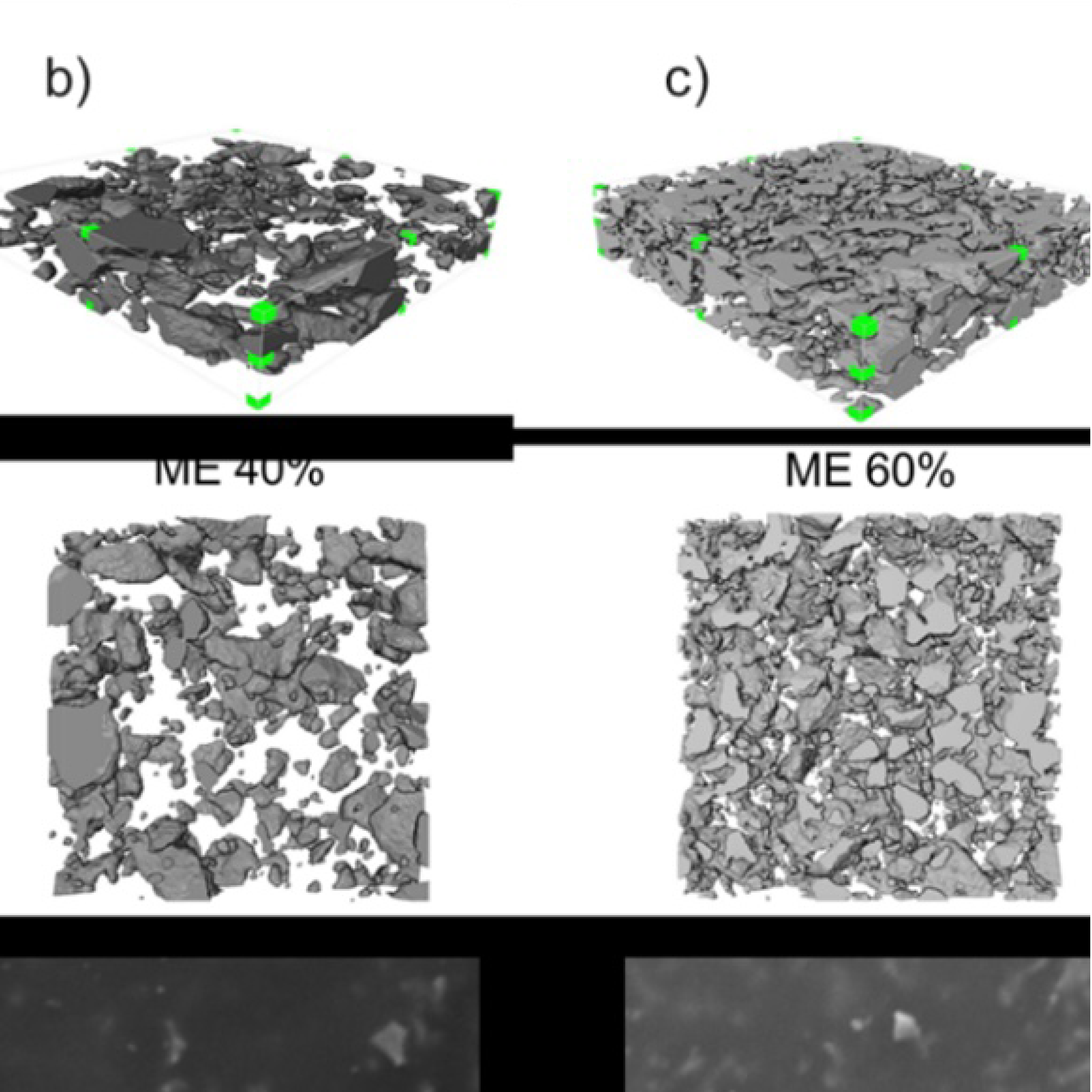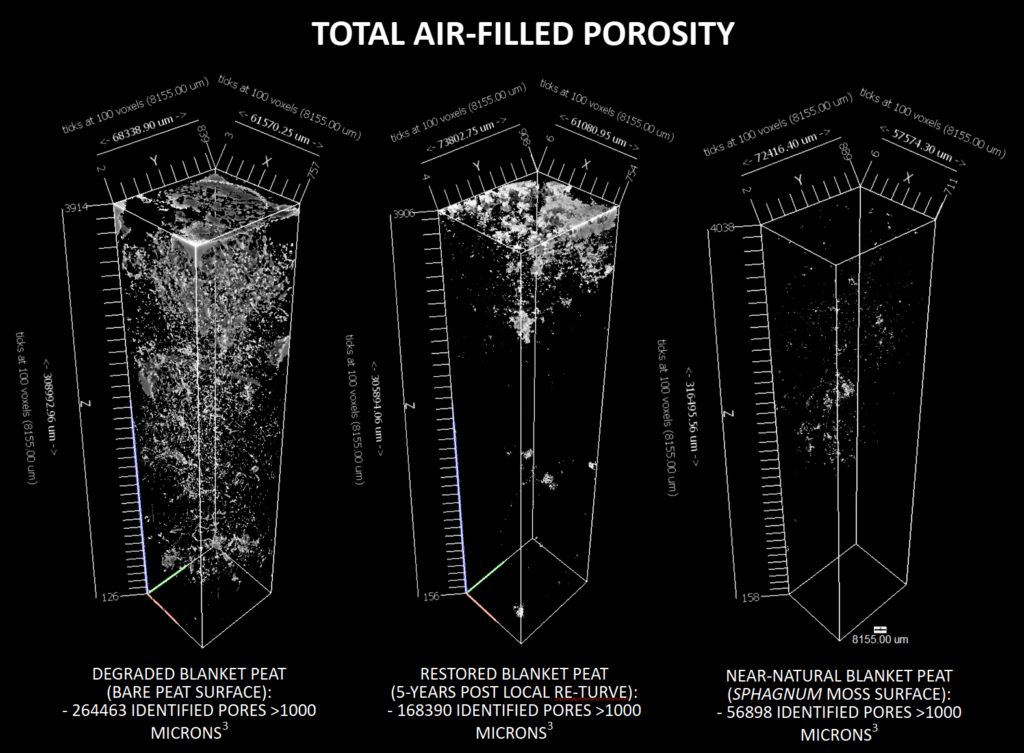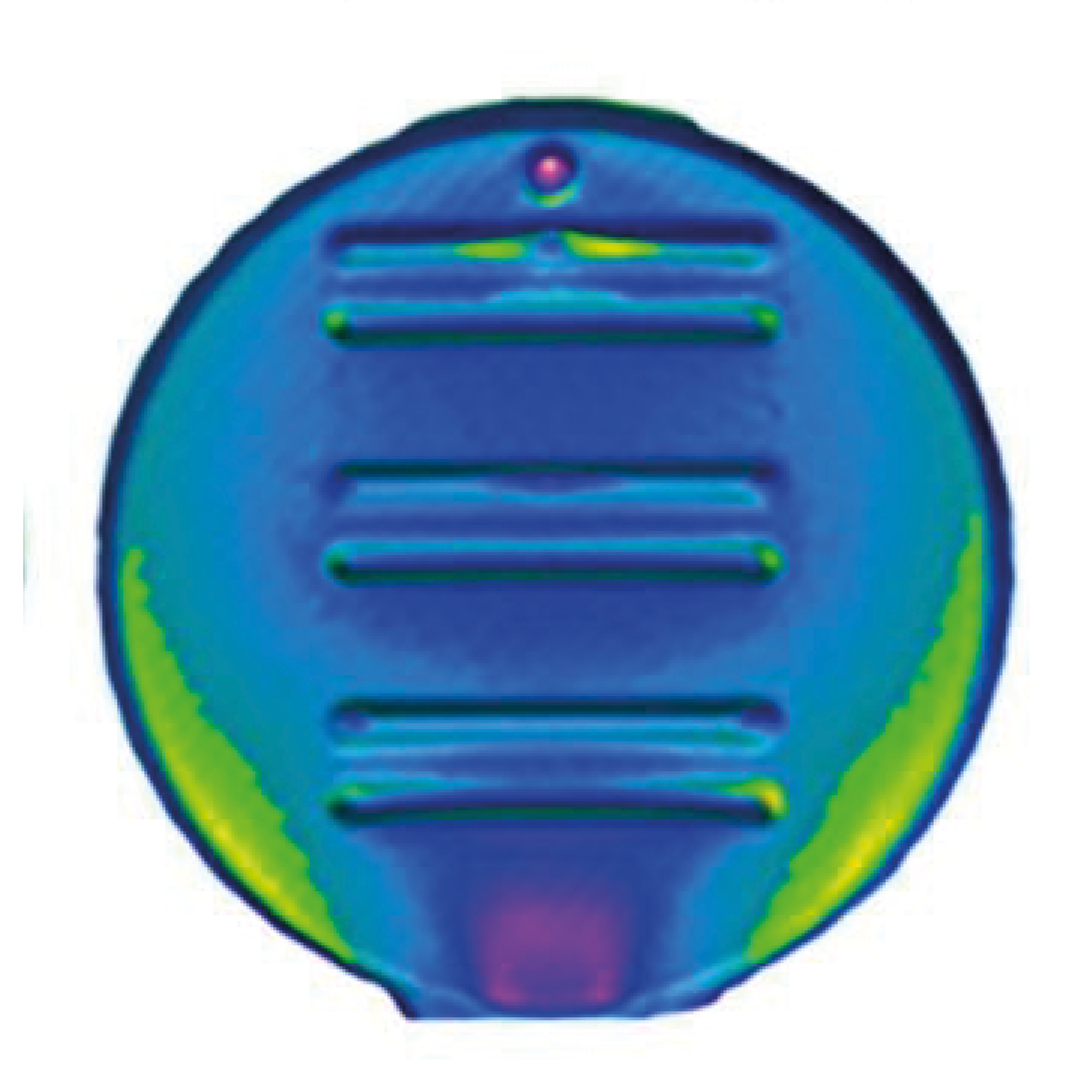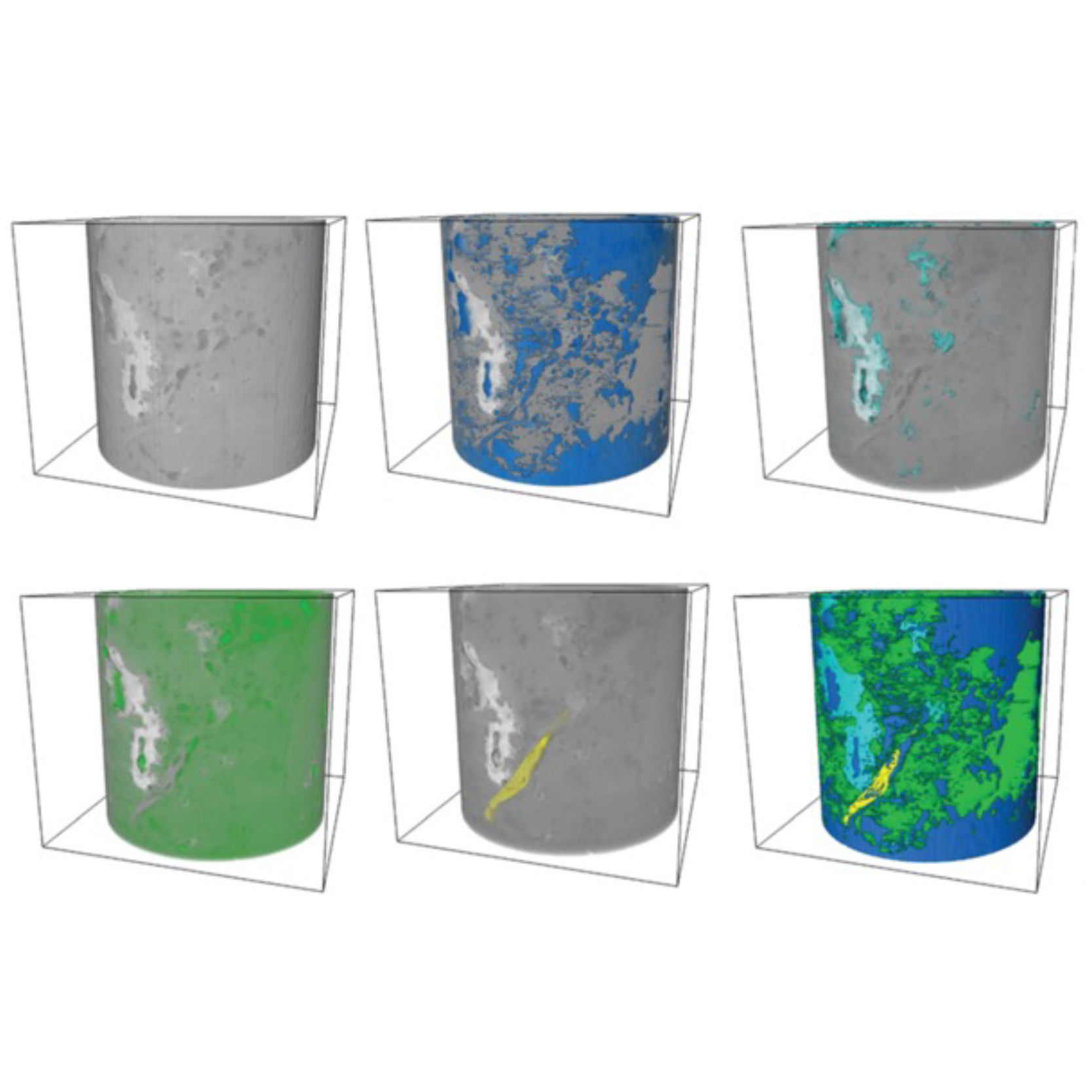
3D Microstructure of Soft Magnetic Elastomer Membrane
Soft magnetic elastomer membranes enable fast magnetic actuation under low fields. In our project, we… Read More
Events & Resources
News, Events and Resources from NXCT Partners
A key function of healthy peatlands is their ability to sequester and store carbon. It is estimated that peat lands sequester ~500 million annually and store ~550-612 billion tonnes worldwide. However, anthropogenic disturbance has resulted in over half of the known extent to be emitting more carbon than what is being stored.
Since 2013, the IPCC has included peatlands in guidelines for national GHG inventories. This has switched many countries’ GHG inventories, including the UK, from overall net carbon sinks to net carbon sources. The restoration of carbon-emitting peatlands are thus at the forefront of national climate change mitigation strategies. Although, restored peatlands do not function the same as undisturbed, healthy peatlands, and in many cases they remain net carbon sources. We need to understand the fundamental processes that govern peat functionality if we aim to use peatland restoration as a tool to meet the climate crisis.
15 sediment cores (30cm length x 11cm diameter) were recovered from multiple UK (Cumbria and North Yorkshire) restored, degraded, and near-natural upland blanket peatlands that experienced different conditional restoration treatments over variable timescales (~1 to 10 years post restoration). X-ray CT was used to evaluate the structure and composition of restored blanket peats including pore-space and root networks for the first time.
Pore and root networks govern gas and solute transfer in peat (namely CO2 and CH4) which effects the peat’s ability to sequester and store carbon. As evidenced in the image, degraded peat presents large, interconnected macropores in contact with the surface. These act as direct release pathways for greenhouse gases to the atmosphere and encourage a net loss of carbon.
Restored peat demonstrates smaller, less interconnected macropore networks than that of degraded, but has many of its macropores in contact with the surface. This is un-like near-natural peat which has most of its macropores enclosed, ensuring that greenhouse gases remain stored within the peat.


Soft magnetic elastomer membranes enable fast magnetic actuation under low fields. In our project, we… Read More

Nowadays, the increasing capability of micro-manufacturing processes enables the manufacture of miniature products with extremely… Read More

Injection of CO2 into shale reservoirs to enhance gas recovery and simultaneously sequester greenhouse… Read More